Click here and press the right key for the next slide (or swipe left)
also ...
Press the left key to go backwards (or swipe right)
Press n to toggle whether notes are shown (or add '?notes' to the url before the #)
Press m or double tap to slide thumbnails (menu)
Press ? at any time to show the keyboard shortcuts
Three Questions about Belief-Tracking
Q1
Why is belief-tracking in adults sometimes but not always automatic?
Q2
How could belief-tracking ever be automatic given evidence that it depends on working memory and consumes attention?
Q3
Why are there dissociations in nonhuman apes’ performance on belief-tracking tasks?
Automaticity requires (some degree of) cognitive efficiency,
but using a canonical model is cognitively demanding.
- working memory
- attention
- inhibitory control
- it makes people slow down
Full-blown mindreading involves:
- using propositions to distinguish mental states
- coordinating modes of presentation
- tracking uncodifiably complex functional roles
Q1
Why is belief-tracking in adults sometimes but not always automatic?
Q2
How could belief-tracking ever be automatic given evidence that it depends on working memory and consumes attention?
Q3
Why are there dissociations in nonhuman apes’ performance on belief-tracking tasks?
‘the present evidence may constitute an implicit understanding of belief’
Krupenye et al, 2016 p. 113
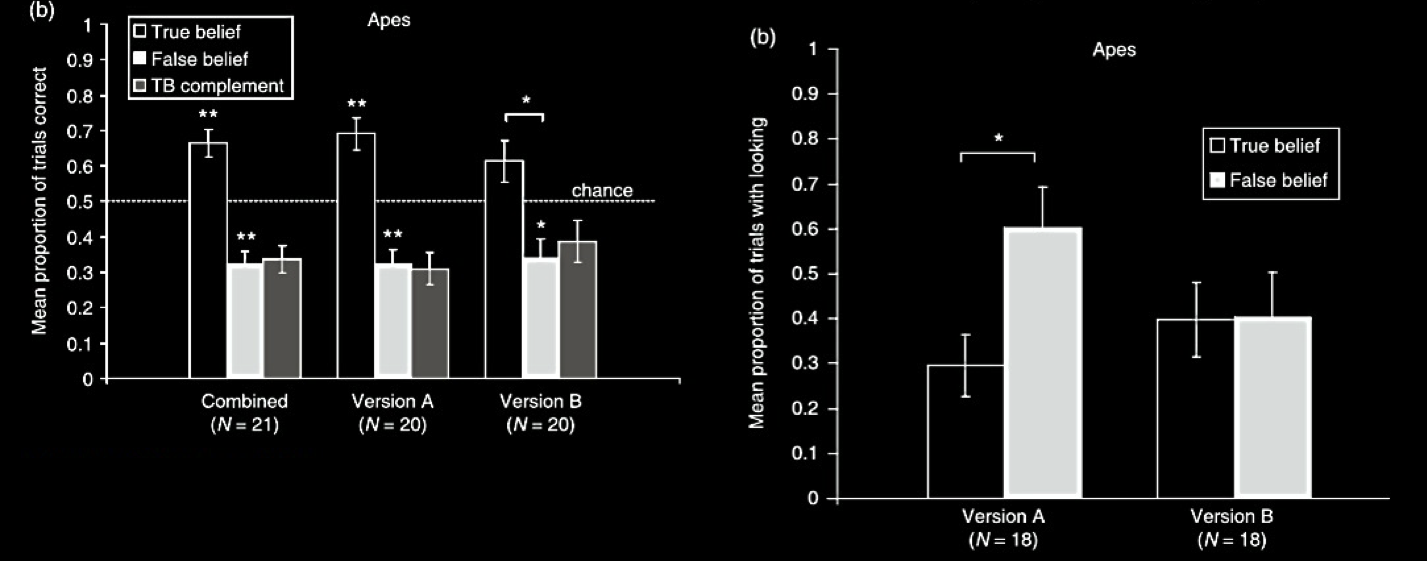
Krachun et al, 2009 figure 2 (part)
| study | type | success? |
| Call et al, 1999 | object choice (coop) | fail |
| Krachun et al, 2009 | ‘chimp chess’ (competitive) | fail |
| Krachun et al, 2010 | change of contents | fail |
| Krupenye et al, 2017 | anticipatory looking (x2) | pass |
Q1
Why is belief-tracking in adults sometimes but not always automatic?
Q2
How could belief-tracking ever be automatic given evidence that it depends on working memory and consumes attention?
Q3
Why are there dissociations in nonhuman apes’ performance on belief-tracking tasks?
Can Minimal Theory of Mind provide answers to these questions?

Q1
Why is belief-tracking in adults sometimes but not always automatic?
Q2
How could belief-tracking ever be automatic given evidence that it depends on working memory and consumes attention?
Q3
Why are there dissociations in nonhuman apes’ performance on belief-tracking tasks?
signature limits generate predictions
Adults
Hypothesis:
Some automatic belief-tracking systems rely on minimal models of the mental.
Infants
Hypothesis:
Infants’ belief-tracking abilities rely on minimal models of the mental.
Prediction:
Automatic belief-tracking is subject to the signature limits of minimal models.
Prediction:
Infants’ belief-tracking is subject to the signature limits of minimal models.
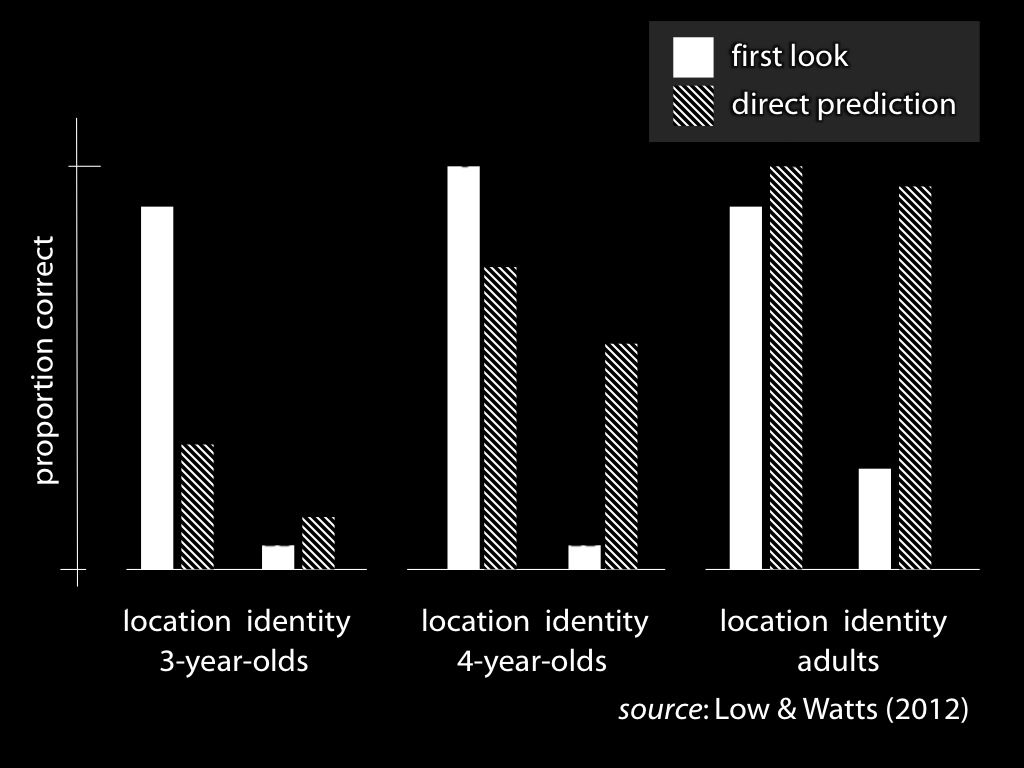
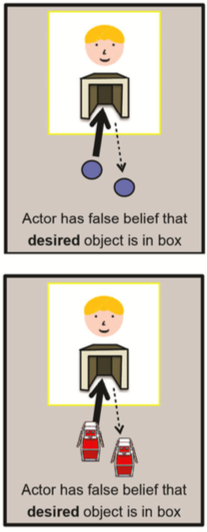
Edwards and Low, 2017 figure 7a
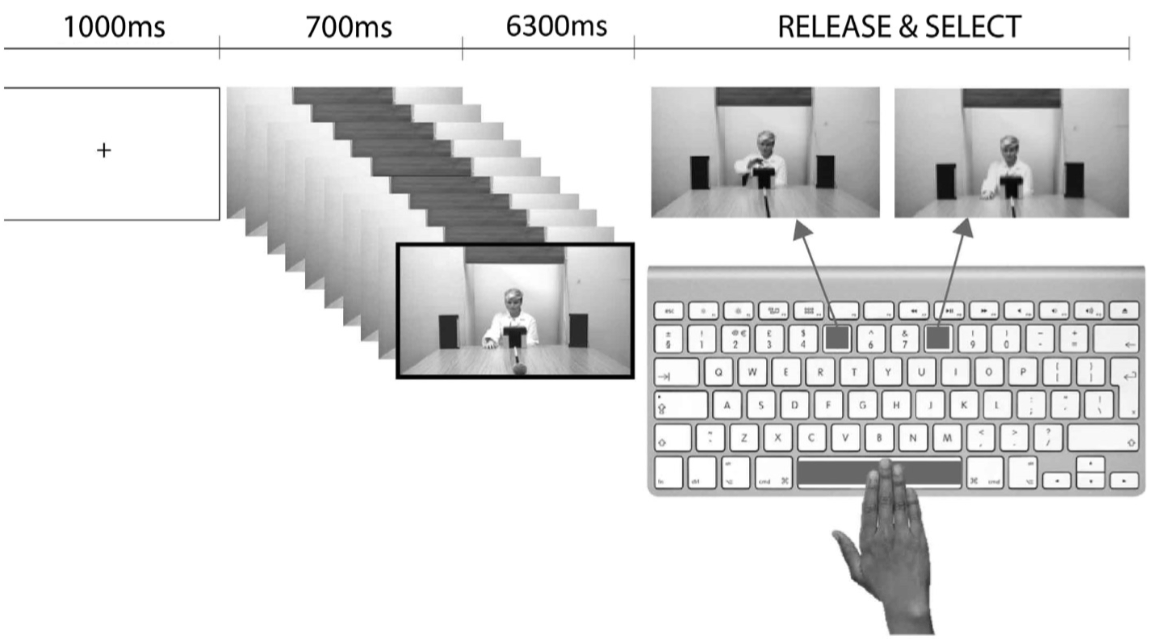
Edwards and Low, 2017 figure 7a
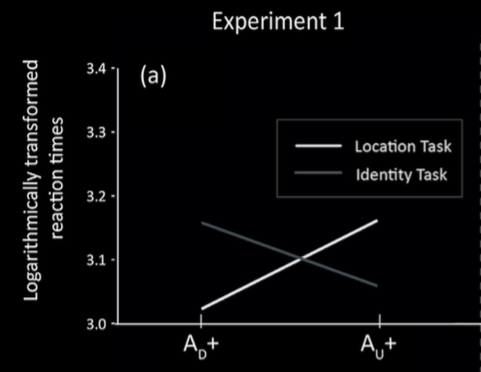
Edwards and Low, 2017 figure 7a
Q1
Why is belief-tracking in adults sometimes but not always automatic?
Q2
How could belief-tracking ever be automatic given evidence that it depends on working memory and consumes attention?
Q3
Why are there dissociations in nonhuman apes’ performance on belief-tracking tasks?
Can Minimal Theory of Mind provide answers to these questions?
No!